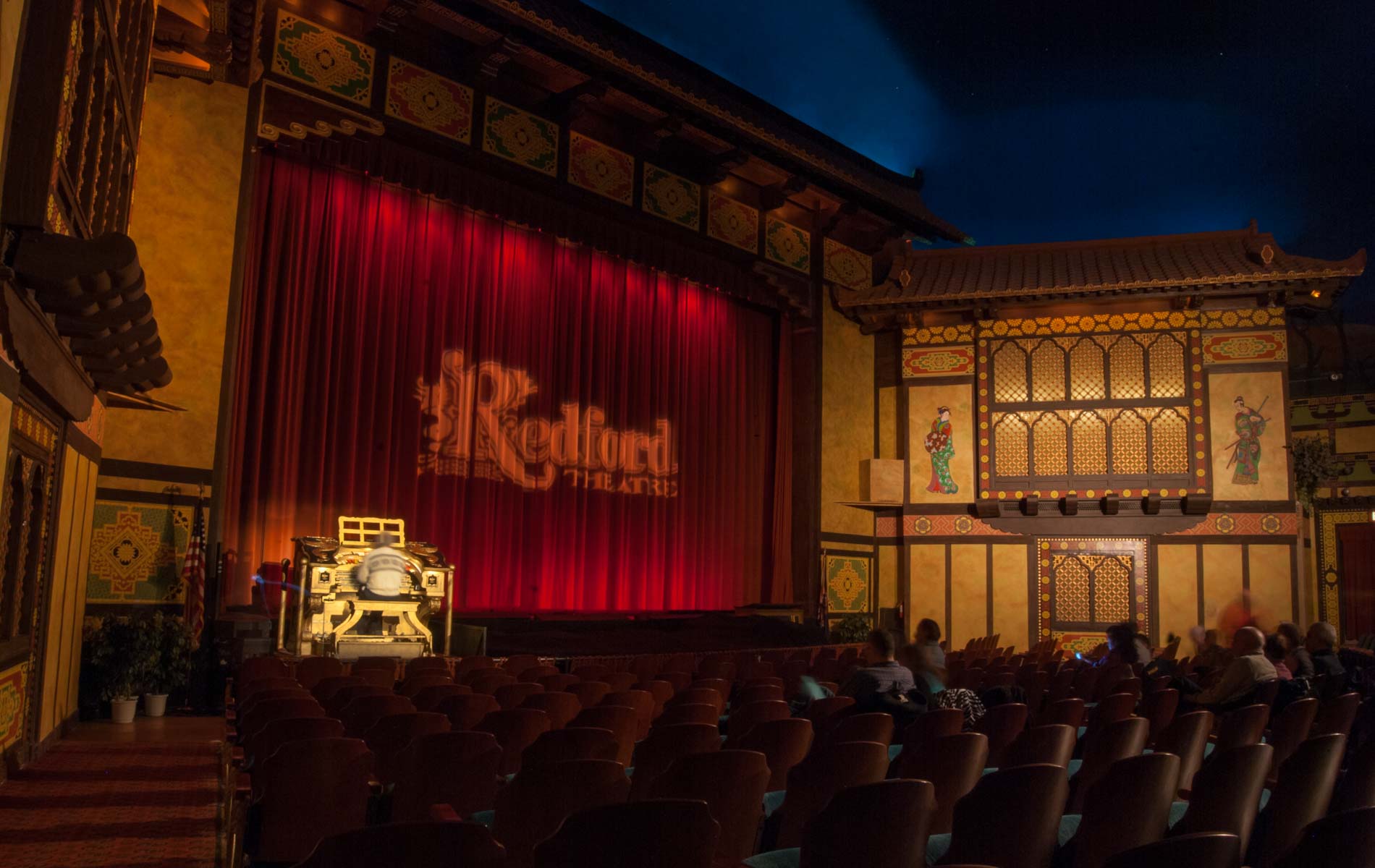Editor’s Note: Peter Ferry is the author of Old Heart, the award-winning novel adapted for a play premiering at Detroit’s Redford Theater May 14 and 15. Ferry was a Fulbright Exchange teacher in the Netherlands in 1991-1992. We asked him to reflect on some of the experiences that led him to write Old Heart, a bittersweet love story set at the end of World War II and in 2006.
United States forces liberated the southern third of The Netherlands on September 17, 1944. On that date 47 years later, I wheeled my bike out of the driveway on my way to the Dutch school where I was teaching. I was astounded to discover that every house on my street was flying an American flag.
That Saturday, a marching band came down our residential street. My wife and I bundled up our two little kids and followed along. Two blocks away, beside a small canal, there was a crowd, a ceremony, martial music, the unveiling of a plaque and rounds of applause. We joined right in.
Since the celebration was all in Dutch, I later asked my neighbor what it was about. He told me that during World War II, the Nazis went through the towns and villages and took the bells from the churches to melt down for bullets.
“We hid ours,” he said. “We sank it in that canal and put it back in the belfry after the war was over.”
I turned and looked at the bell tower, the same one I passed every day walking my daughter to school. The war had never seemed so close.
With half a dozen World War I and II museums spread across the Netherlands, the country’s recent military history is much in evidence. On a cross country bike ride with some Dutch friends, we stopped for a picnic lunch and spread our blanket atop a concrete slab.
“What are we sitting on?” I asked my Dutch Fulbright partner Corinne Mostert.
“A bunker. It’s from the war.”
“Oh.”
It turns out that these abandoned fortifications can be found all along the coast.
In Hoek van Holland, there is an intact subterranean World War I fort that is now a museum. Much of the City of Rotterdam is a grim monument to the Second World War. Between May 10 and May 14,1940, the Nazis bombed its center to smithereens. The result was a blank canvas, and after the war it became a laboratory for architectural experimentation. The Dutch built dozens of structures — from railway stations to bridges to apartment buildings to markets — that became models or prototypes. Echoes of these innovative designs can be found around the world.
Right in the middle of the area that was destroyed stands the Stadhuis or city hall that dates to 1920.
“Isn’t that amazing,” I said to Corinne. “How could the Nazis have missed that?”
“'Because they wanted to. It’s where all the birth records were kept. It’s how they found the Jews."
The Dutch are not known to be demonstrative people, but feelings about the war still run deep. Some are negative, but others are not. Early on in the year we spent in the town of Veldhoven, our five-year-old daughter came out of her Dutch kindergarten in tears because she had had a bad day. So had her mom. So they cried together. A Dutch mother there to collect her child saw this and told her own mother about it. At Christmastime, a small neatly wrapped package appeared on our doorstep with a carefully worded note:
Once long ago your people helped my people. I have always wanted to say thank you. This is my thank you.
Inside was a hand knit child’s sweater with a rainbow across the front.
I wrote Old Heart, in part, as a thank you of my own to the Dutch people and a tribute to their strength, resilience, spirit and enormous generosity.
Old Heart’s world premiere is May 14 (7:00) and May 15 (4:00) at the Redford Theatre:


Comments
Sign in or become a Nu?Detroit member to join the conversation.
Just enter your email below to get a log in link.